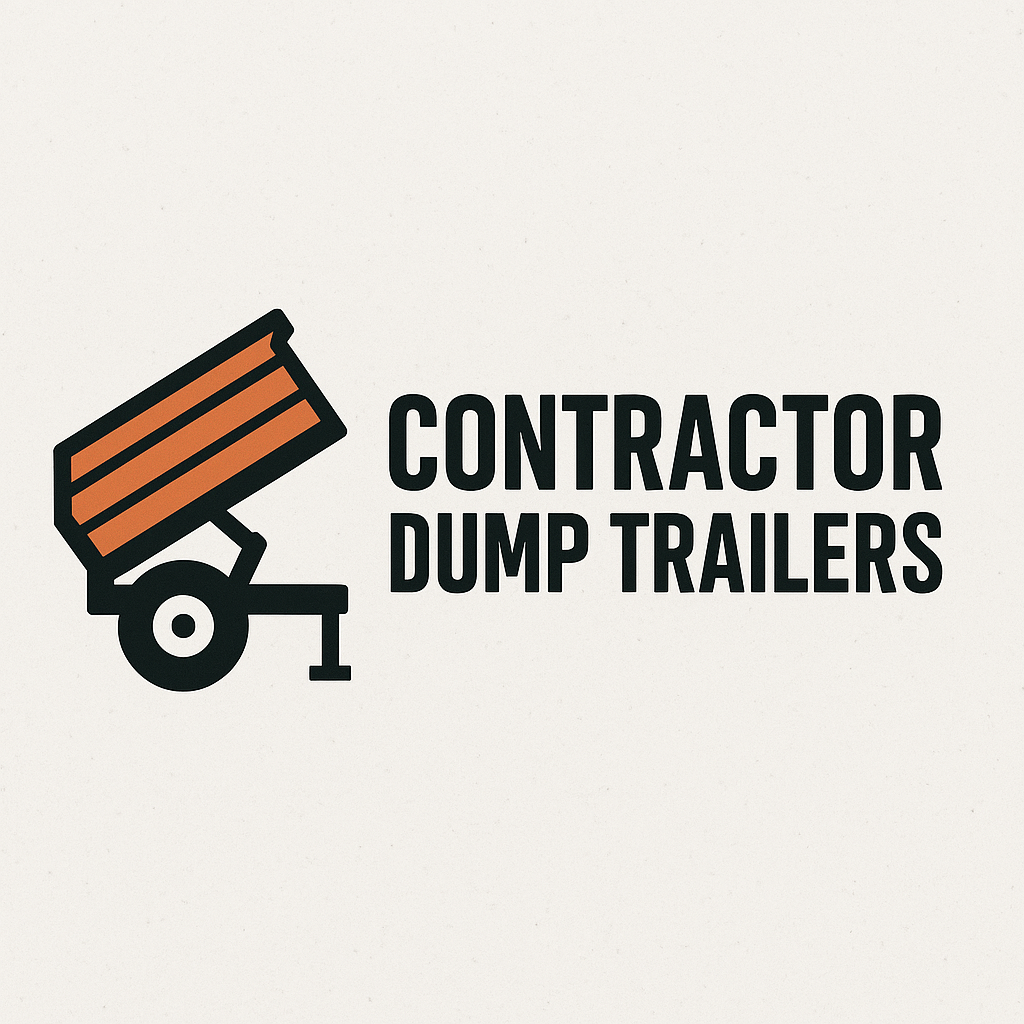Towing a Dump Trailer the Right Way
Dump trailers are a key tool for contractors moving debris, gravel, material, or equipment.
But the way they’re towed has just as much impact as the trailer itself.
Incorrect towing setups can lead to fines, premature equipment wear, and safety risks.
Whether you’re new to trailering or experienced, here are five essentials to get right.
1. Understand Your Tow Capacity
Before loading up, contractors need to understand the full towing specs of their truck and trailer.
- Trailer GVWR (Gross Vehicle Weight Rating)
- GCWR (Gross Combined Weight Rating)
- Tongue weight (usually 10–15% of total trailer weight)
Overloading the trailer or exceeding the truck’s GCWR can lead to breakdowns or DOT violations.
For an example of available trailer specs, here’s a helpful dump trailer overview with common weight classes.
2. Use the Proper Hitch Setup
Using the wrong hitch or coupler can affect handling and braking.
Key factors include:
- Correct ball size and weight rating
- Level alignment between the truck and trailer
- Brake controller installed and calibrated
- Crossed safety chains and breakaway switch in working order
A well-matched hitch system prevents sway and keeps your haul controlled.
3. Balance the Load
Load placement is one of the most overlooked safety issues in trailering.
- Keep around 60% of the total load weight in the front half
- Distribute heavy material over the axles
- Avoid stacking weight on the rear or one side
- Use appropriate tie-downs and cover loose material when required
Even a legal load becomes unsafe when weight shifts during transport.
4. Know State and Federal Hauling Rules
Contractors hauling commercially are often subject to state and federal DOT guidelines.
This includes:
- Brake requirements for trailers over 3,000 lbs
- Safety reflectors and marker lighting
- Inspection schedules and registration
- CDL requirements at certain weight thresholds
For safety guidance and checklists, this inspection and safety reference is a helpful resource for haulers operating across multiple states.
5. Maintain the Equipment
Every trailer used in a business should be inspected routinely.
A basic checklist includes:
- Checking tire pressure and lug nut torque
- Testing all lights and electrical connections
- Inspecting the hydraulic system and battery
- Lubricating moving parts and hinges
- Looking for cracks, weld damage, or rust
For more on how to stay ahead of breakdowns, this maintenance service guide outlines what to look for and when.
Conclusion
Safe dump trailer towing comes down to knowledge, setup, and consistency.
With proper loading, equipment, and awareness of regulations, contractors can avoid downtime and risk—while protecting their crews and gear.
For more industry-focused insights and hauling guides, check back at ContractorDumpTrailers.com


Leave a Reply